[ad_1]
When it was first unveiled in late 2021, the BMW Concept XM was greeted with harsh criticism by the BMW community. Despite being built on a bespoke platform, a first since the iconic BMW M1 supercar, the XM concept car didn’t tick many, if any, boxes, when it came to the looks of a high-end BMW sports car. Yet, it showed off the most radical, controversial design in BMW’s history. At least in my opinion. And to match the looks of the car with a unique engine, BMW M engineers introduced their first-ever plug-in hybrid drivetrain.
650 horsepower at our disposal
The BMW Concept XM was touted as being a 750 horsepower Über SUV which will bring thrilling driving dynamics to the riches. Fast forward a few months and I am now on my way to Salzburgring, via Munich, to sample a pre-production version of the XM. The fully camouflaged prototype sits next to the upcoming M2 at the famous Austrian racetrack, but it’s only the latter that will see track time during my visit.
BMW set up an hour long driving route for us, through the mountains and little Austrian villages where we could test not only the sporty capabilities of the high-end M SUV, but also its electric and hybrid modes. But instead of the top 750 hp XM model, our prototype delivers 650 horsepower and 800 Newton meters of torque (590 lb-ft of torque). It uses the new S68 4.4 liter V8 TwinTurbo engine which was recently introduced in the BMW 760i and X7 M60i.
New 8-speed transmission
The petrol engine delivers around 490 horsepower while the rest – 160 hp – come from the electric motor. BMW says that both motors can be dialed up for the future 750 hp model. There is also a brand-new eight-speed ZF transmission with an integrated electric motor, sitting in front of the transmission, with clutches in between. Therefore, the transition between driving modes – gasoline, hybrid and fully electric – is very smooth and effortless.
48 volt anti-roll system
Another novelty in the BMW XM is the introduction of a 48 Volt anti-roll system which can send up to 1,100 Nm to every single wheel. Along with the rear axle steering, the driving dynamics can be adjusted from soft to very hard giving the ability to have a comfort, and hefty performance while cornering. The rear axle steering only turns up to 2.5 degrees and kicks in below 25 miles per hour or above 100 miles per hour. These are the two main systems which make a difference in driving dynamics compared to the X5 M for example.
Furthermore, BMW says that despite having the wheelbase length of an X7, the driving experience should resemble that of an X5 M. Due to longer wheelbase, the center of gravity is also lower than in the other M SUVs. To deliver on the requirements of an M crossover, an air suspension was not on the table. Instead, the M engineers started with steel springs and added some additional systems to get the comfort dialed in.
The steering rack of the X5 M served as the basis for the XM, but the new luxury SUV gets new software tuning along with new bushings. The rear carrier bushings are imported from the M5. The driving experience is also influenced by the large wheel sizes, ranging from 21 to 23 inches. Our prototype was setup on 22 inch wheels with Pirelli P Zero high-performance tires. Behind the wheels you will find 19 and 20 inch discs, front and rear, with no ceramic brakes in sight.
New exhaust, improved sounds
Vertically-stacked, quad, trapezoidal exhausts protrude from the rear bumper. It’s the first time BMW has used this design on any of their cars delivering a louder and different exhaust note than in any of the other M SUVs.
No word on the weight of the XM though. But BMW let it slip that it does weigh more than the X5 M – expected – yet not by much. Some of the additional heft comes also from the 7.5kW battery sitting under the rear bench. The battery delivers an electric range of 80 kilometers on the WLTP cycle or 30 miles on the EPA.
First ever M hybrid model
The driving route has us leaving Salzburgring, joining a short stretch of Austrian rural roads. I start in the default adaptive mode which lets the XM pick the best powertrain choice for the driving situation. You can, of course, manually select the fully electric eDrive mode or the Sport mode. But it’s the adaptive setting that truly shines in this drivetrain. Automatically switching from electric to hybrid or sport is extremely smooth, and that’s mostly because of the new ZF eight-speed transmission. This drivetrain will most likely end up in the future BMW M5.
As you’d expect, the BMW XM feels heavy on the road, despite the several tricks up its sleeve. At times, it also feels slower and less agile than the BMW X5 M Competition which has 619 horsepower. Naturally, the 750 hp XM will take things to the next level.
But the ride comfort in the XM is significantly better. With most of the driving systems set to Comfort, the BMW XM runs smoothly on uneven surfaces, once again highlighting its position in the upper luxury car segment. The new M SUV doesn’t aim to be a larger and more luxurious X5 M, but rather a brand new product which caters to people who might put comfort over sport in their cars.
The gap between the driving modes is quite wide with the Comfort setting delivering a numb steering feel and a very plush ride quality. The body roll becomes a lot more obvious when cornering and the car’s weight is immediately noticeable during spirited driving. The steering becomes more weighted on center when I switch to the Sport settings, and feels more natural to me. This is when the gap between an X5 M or XM becomes smaller. The high-end crossover pushes hard through tight bends, with the xDrive system working overtime to keep us planted on the slippery roads.
The steering rack is a lot more direct and precise now, letting through a bit of the road feedback. But don’t expect the same level of steering agility or feedback as in the smaller M SUVs. The lack of understeer is also surprising, considering the size of the XM. But BMW engineers explained that additional efforts were put into that.
The exhaust sounds great though and the new S68 has the potential of becoming my favorite BMW V8 engine. The power delivery is smooth while pulling hard from very low RPMs. I already experienced the new V8 in the BMW 760i, but I enjoyed it even more now.
In the hybrid mode, I could also feel an additional power boost coming from the battery pack, but BMW hasn’t shared any details on that feature at the moment. The electric mode is less surprising. It’s your typical BMW PHEV drivetrain experience: silent, quick off the line but depleting fast when pushed hard.
Just like most M cars, the BMW XM also features the Launch Control function and a 4WD Sport mode which sends more power to the rear wheels when needed.
Overall, the driving experience of the XM is not overly engaging, but that’s mostly by design. BMW engineers emphasized the M lounge experience of the XM, catering to a clientele with deep pockets and luxury tastes. And this philosophy can be seen and be felt inside the car. The rear seat bench with its deep seat recesses is extremely comfortable, offering impressive legroom. The doors are scooped inside delivering ample elbow room. Even 6″3 tall passengers (1.90 m) will find the headroom to be very generous, and that’s another testament to car’s ideology.
Gone is the XM Concept’s unique interior
Unfortunately, the BMW XM prototype – and likely the future production series model as well – loses the unique interior design cues introduced by the Concept XM. The dashboard loses the three slanted openings resembling the M logo, and also the center one which acted as a touchscreen on the Concept XM. The center console has also been redesigned, now lacking the aluminum bar separating the driver from the front passenger. The large and curved display stays though and it’s powered by the latest iDrive 8.
A missed opportunity or a smart business decision?
When BMW M first teased the idea of a new bespoke M car, I personally got excited. The prospect of a lightweight and unique sportscar was intriguing, especially since the car was planned for the brand’s 50th birthday. But the XM is far from being an exciting product for the vocal and loyal M community. While it has been received fairly well in the U.S. by prospective customers, not the same can be said for their European counterparts.
The Old Continent is slowly moving away from large V8 powertrains, so the XM looks to have been built to micro target certain markets and customers. It doesn’t play in the same league as the Lamborghini Urus or the Bentley Bentayga, but it can certainly go after the Range Rover SVR or Porsche Cayenne GT customers.
So from that perspective, the BMW XM could be a smart business decision on M’s part. It comes with high profit margins which will fund other fun projects, like the upcoming M3 Touring or M4 CSL. But at the same time, it does feel like a missed opportunity to deliver a unique M product that doesn’t need time to warm up to.
In the end, the BMW XM prototype is a fine machine, capable of good driving dynamics and plenty of luxury amenities, but it’s more of an X8 M than a dreamy bespoke M.
[ad_2]
Source link




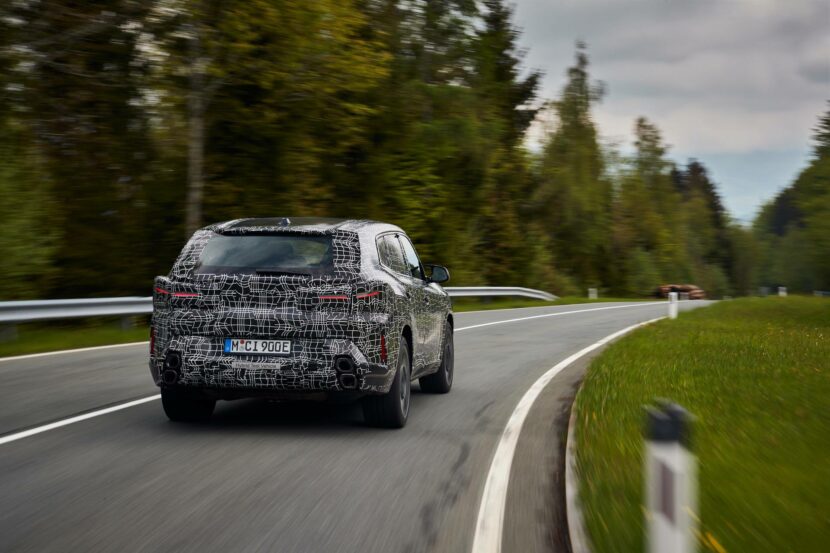
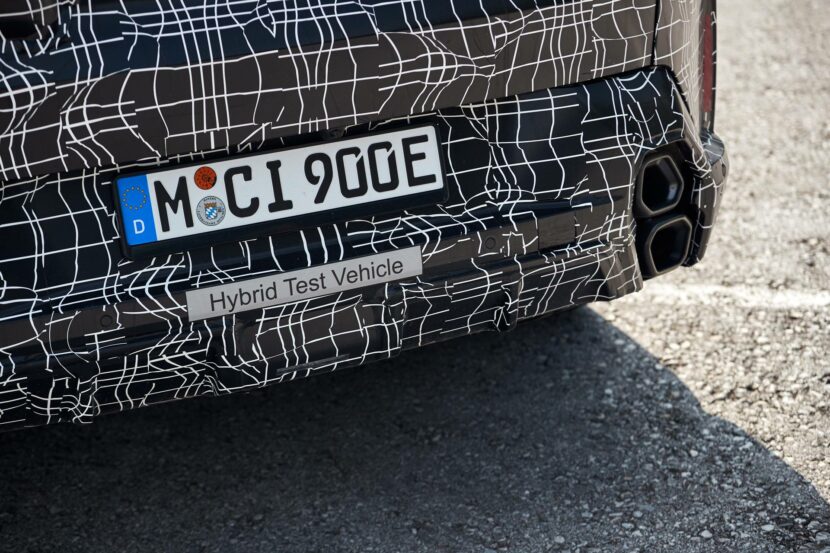
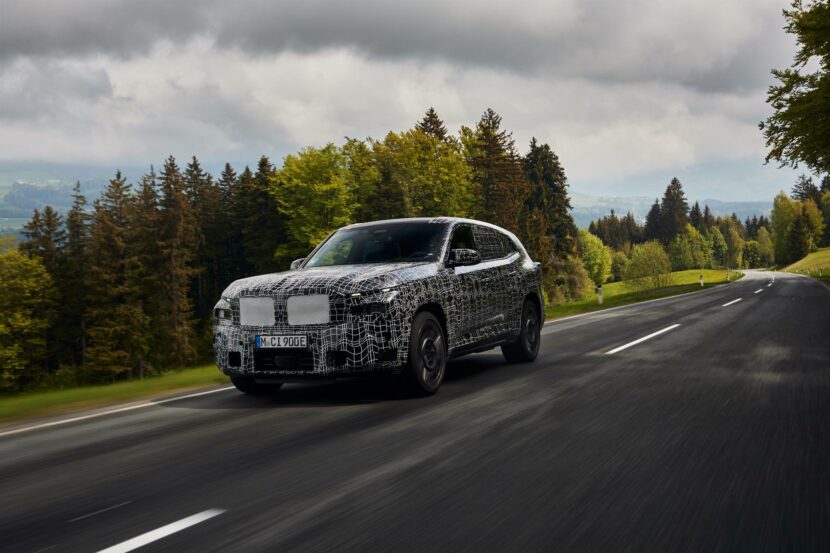
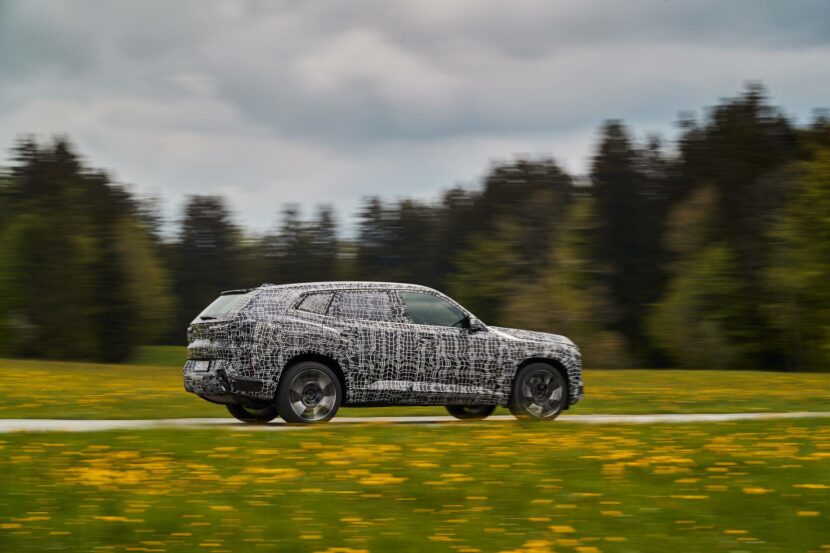
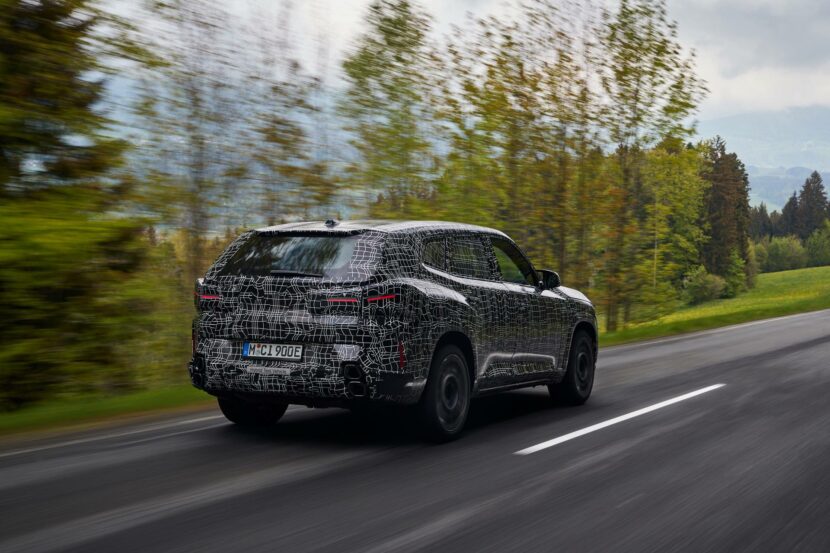

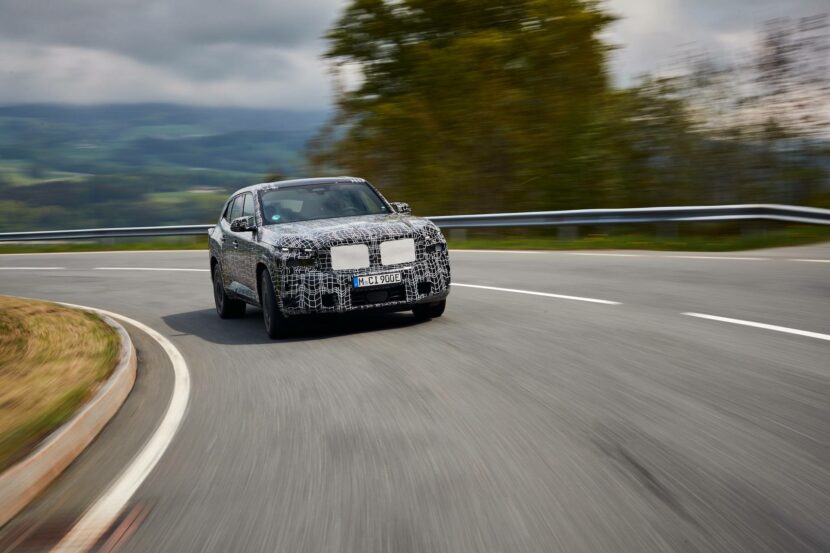




More Stories
Can You Make Over $100,000 a Year in the Auto Repossession Business?
Be a Backyard Mechanic
Are Hydrogen Fuel Conversion Kits All Just a Big Scam?